
The elements that dominate the exhibition organized by the Municipal Gallery of Patras entitled “Fotis Kontoglou – From the depths”, which will open on Friday 11 November and will run until Tuesday 31 January, were presented on the morning of Thursday 20 October at the “Agora Argyris” – the specially designed space where the employees of the Cultural Organization present their work – during an interview given by the President of the Cultural Organization Katerina Geropanagioti and the curator of the exhibition – hagiographer, Petros Lambrinakos.
The president of the Cultural Organization stressed that “This exhibition is part of the actions of the Municipality of Patreon with the general title “1922-2022 Refugees”.
The era that Fotis Kontoglou lived and created was a particularly turbulent period in modern Greek history. His personal life was also marked by difficulties. His orphanhood from an early age, his attempt to study, his uprooting from Aivali with the Asia Minor disaster, and the harsh years of the occupation, where he was forced to sell his house in order to survive, mark the temporal and social milestones in which his most creative expression flourished.
He was undoubtedly a multifaceted personality with a peculiar oeuvre, doubly oriented towards both literature and painting. He worked with impressive dedication ‘as a painter who writes or as a literary artist who paints’, seeking ‘Greekness’ in its authentic expression, through our folk and post-Byzantine tradition.
A spirit of steadfast dedication characterizes his efforts to reintroduce the rules of art, hagiography, bringing to the fore a tradition that had been discredited, something that is reflected not only in his religious works but also, in a freer way, in his secular works. In his overall attitude, his disillusionment and loss of confidence in Westernized thought is evident, especially after the devastation caused to humanity by the First World War. He seeks his forms and his heroes in the ordinary people of the East and distant lands who, living in isolation, remained pure and unadulterated.
These quests of Kontoglou were not detached from the socio-political conditions that had developed in Greece. The Asia Minor catastrophe, the abandonment of the ‘Great Idea’ and the national division had a catalytic effect. The problem of the search for an identity is posed both in society and in art. ‘Greekness’ is the main issue for the intellectual and artistic movement, which is characterized as the ‘generation of the ’30s’. The exploitation of tradition, combined with the search for the position of Greek art in the international environment, constitutes a double objective.
It is within this turbulent yet creative environment that Kontoglou works. With his intellectual intensity and his particular personal style, in his seaside narratives and exotic illustrations, he manages to emerge as a highly influential figure in modern Greek art, with direct and indirect disciples and continuators of his work. The mark he left with his art was deeply human and completely authentic, and that is why it is still visible today.”
For his part, exhibition curator Petros Lambrinakos noted that “The exhibition invites all of us to get to know the artist and writer Kontoglou, but even more so the man Fotis Kontoglou. A man who is simple and humble, yet absolutely passionate about life. He respected and loved everything around him, he was united with it. Everything had substance and he saw the power of life in it. In man, in the sea, in the rocks, in a mammoth, in the weeds, in forgotten states and castles, in forgotten and forgotten people.
The descendants of Fotis and Maria Kontoglou, the families of Panagiotis and Fotis Martinou, have done us the great honour of accepting our invitation to bring this exhibition to our city.
This exhibition will be unique, because it will be done as his family knows he would want it to be done, without the desire to show off and be proud. We are all invited to get to know the artist “from the inside (ek vatheon)” to learn more about his personality, so distorted and presented differently from what he really was: The joy of life! Yes, that was Fotis Kontoglou. He was the refugee, the refugee from Asia Minor, who, with stubbornness and motivated only by love and truth, revived Byzantine iconography in Greece. He had a profound influence on modern Greek literature.
For the first time, works such as his original manuscripts and original author’s publications will be presented. The exhibition is divided into 9 sections, each of which illuminates a different side of Kontoglou. Section 1: City Hall – Shows the preparation and drafts before the mural was completed (he was never paid for this 3-year job). Section 2: The mural of the Kontoglou house. This work is the joy of life the fully unleashed imagination and emotion of the artist. Section 3: Astrolavos manuscript. The manuscript is of particular artistic value because of its calligraphic writing and drawings. Section 4: Laocoon Drafts for the painting in the Municipal Gallery of Athens. Section 5 and 6: Expression and Akathistos Hymn. Ekphrasis is a didactic book on Greek Orthodox Byzantine Hagiography, which Kontoglou considered the supreme of the arts. Section 7: The Castrologist. It demonstrates the true feeling of Kontoglou: Simplicity and humility. Section 8 Early works. The main of the few surviving works from the 10 years 1910- 1920; 2 of them “Ivali” and “Hands” are photographed and exhibited for the first time. Section 9: various works by the artist”.
The President of the Cultural Organization Katerina Geropanagioti and the curator of the exhibition Petros Lambrinakos thanked the National Gallery, the families of Panagiotis and Fotis Martinou, the MIET, the Auction House Vergo, Froso Ganiaris, and the collectors Michael Skoulos and Dimitris Papageorgopoulos for the kind donation of the works.
The exhibition will be hosted at the Municipal Gallery of Patras (110 Maizonos Street)


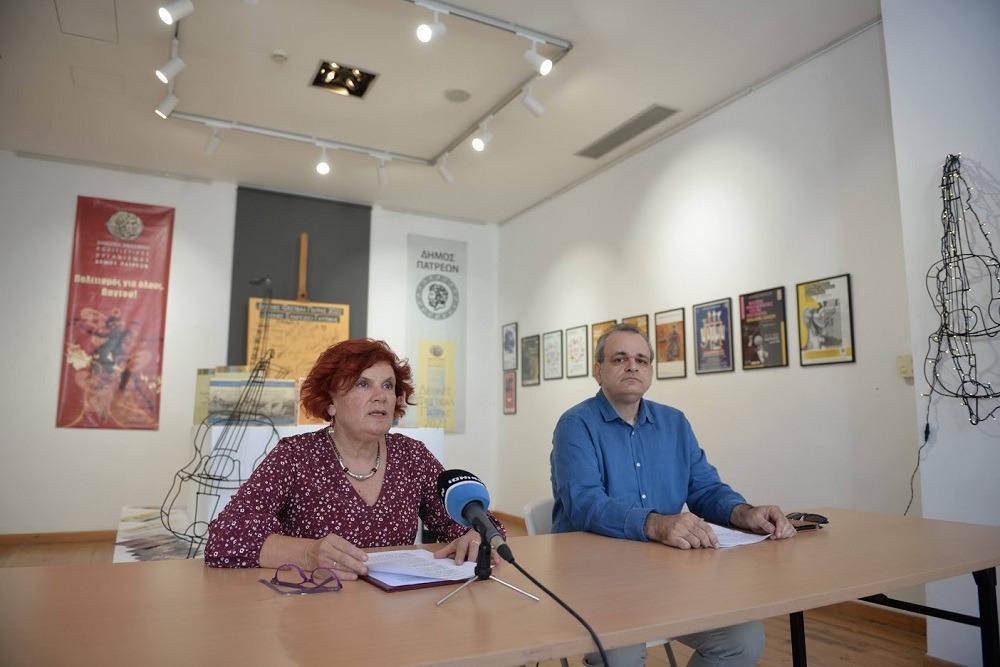
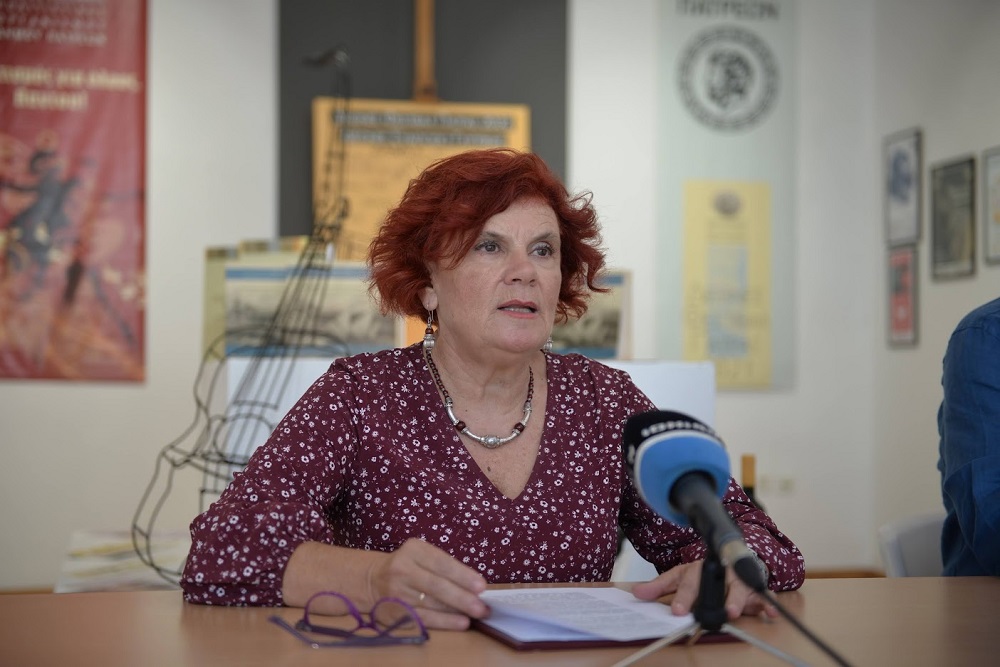

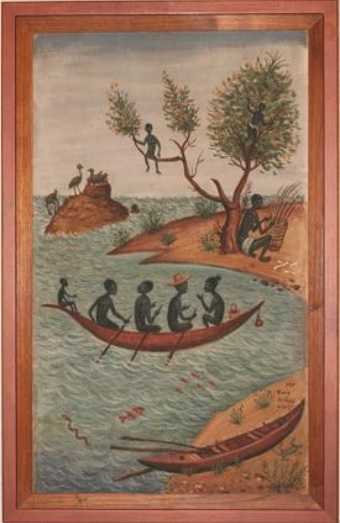

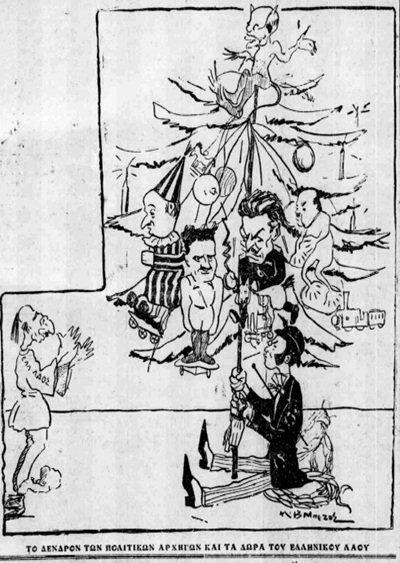
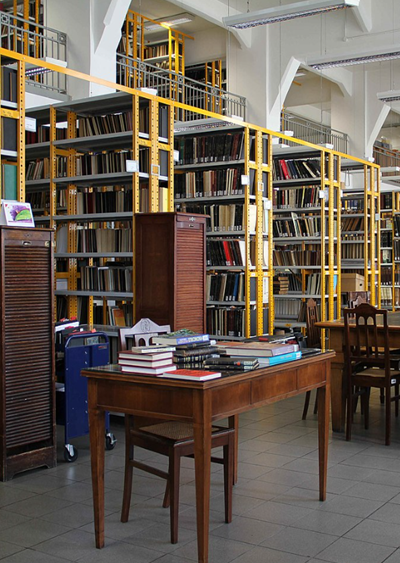
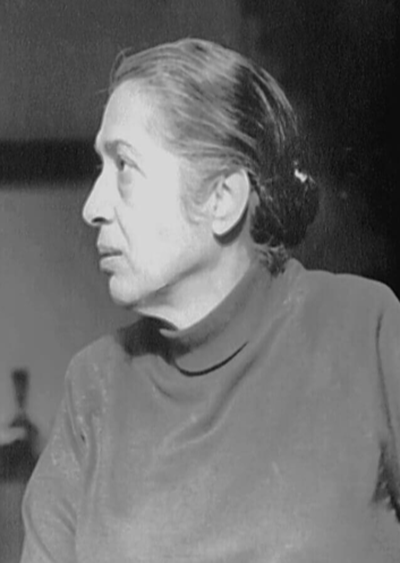
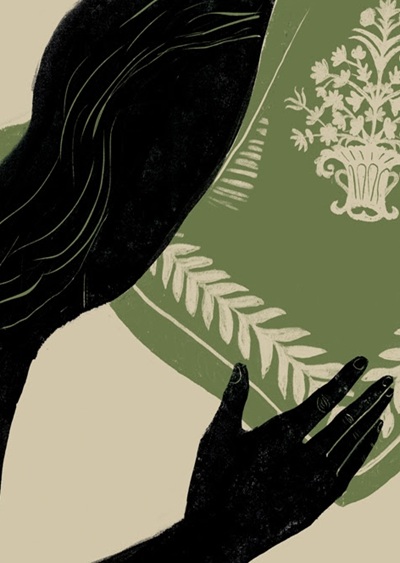


Leave A Comment